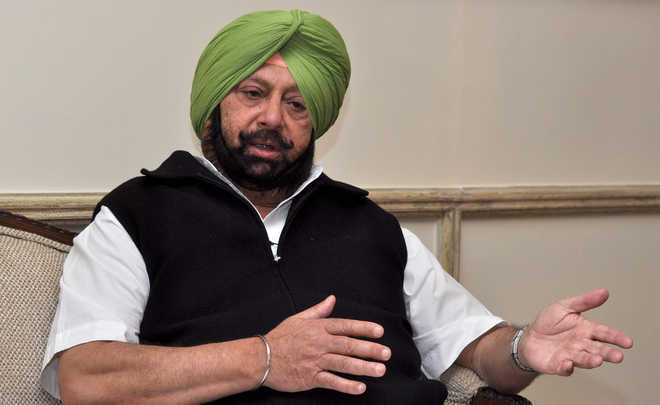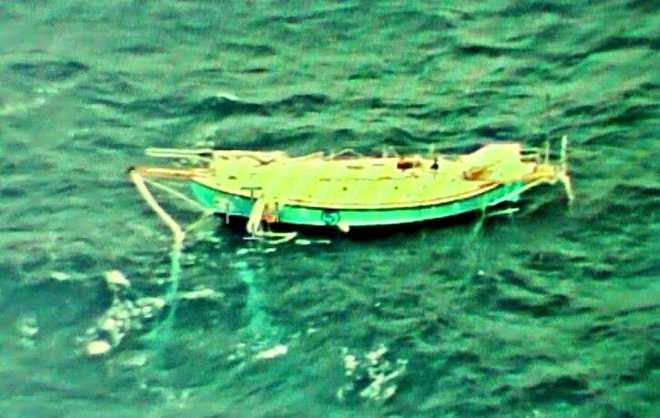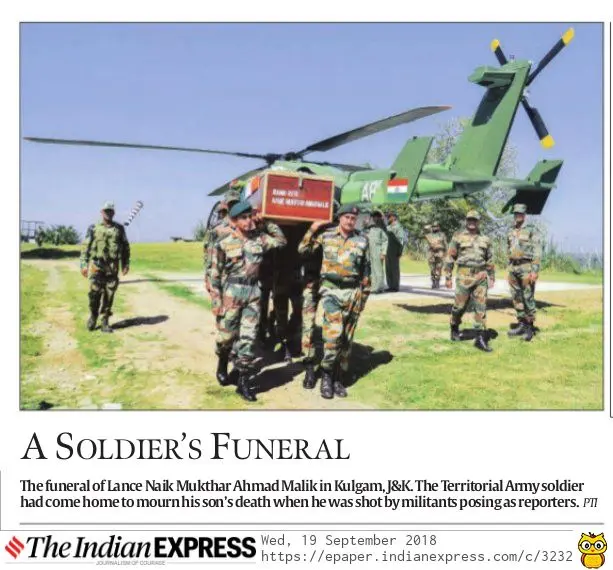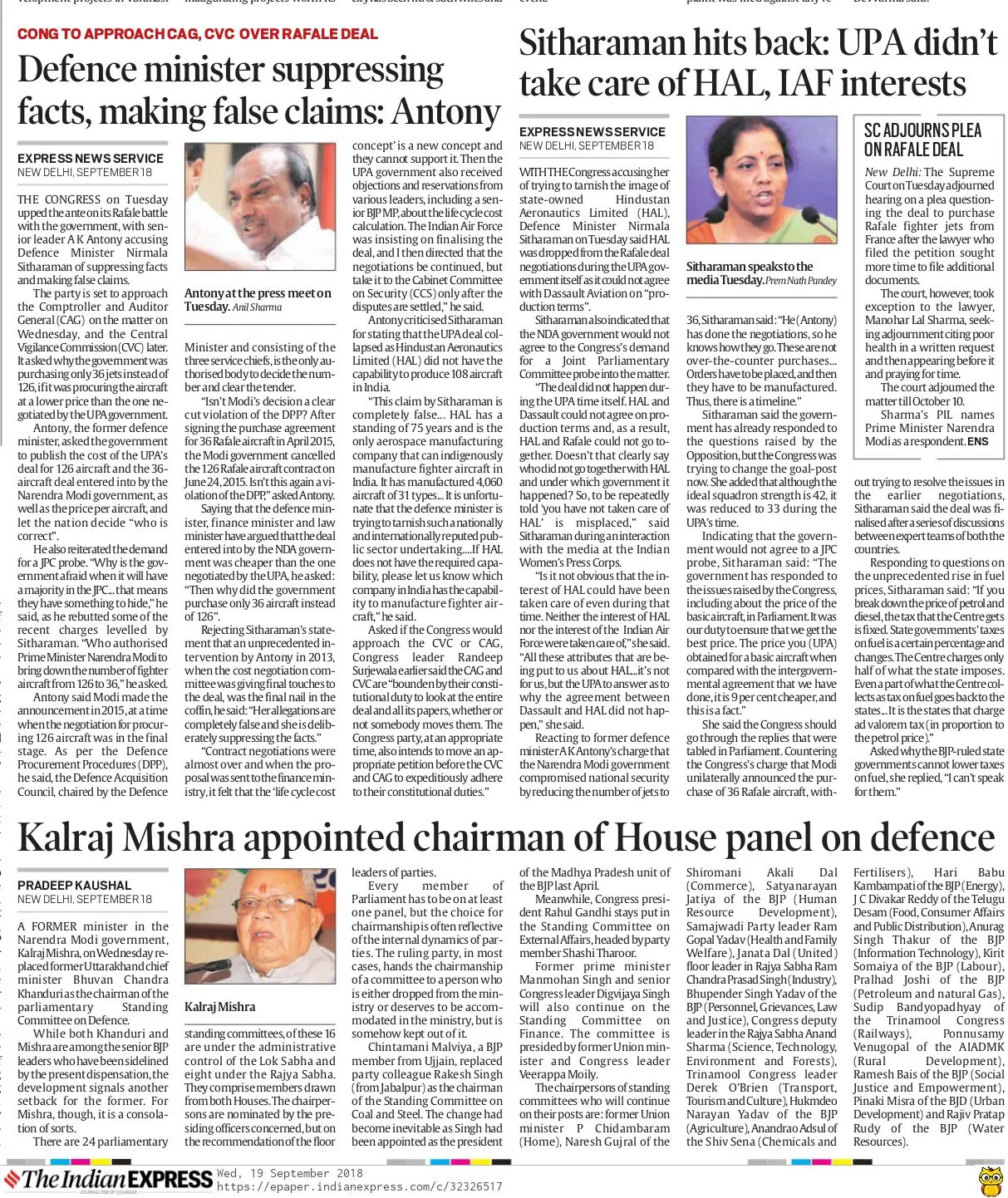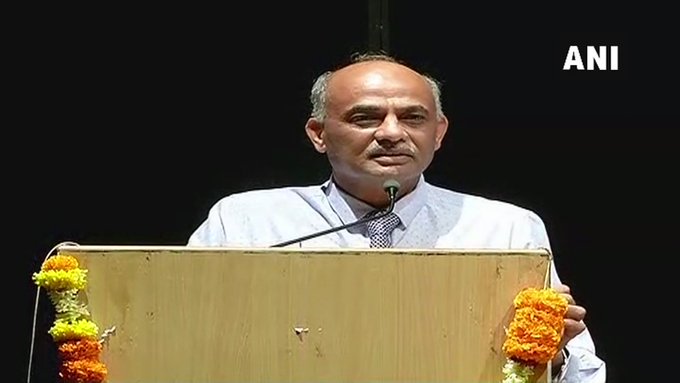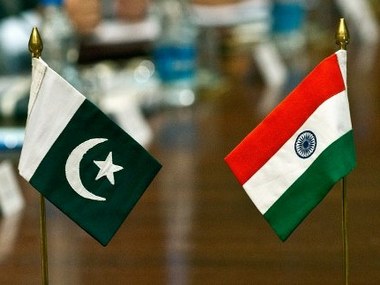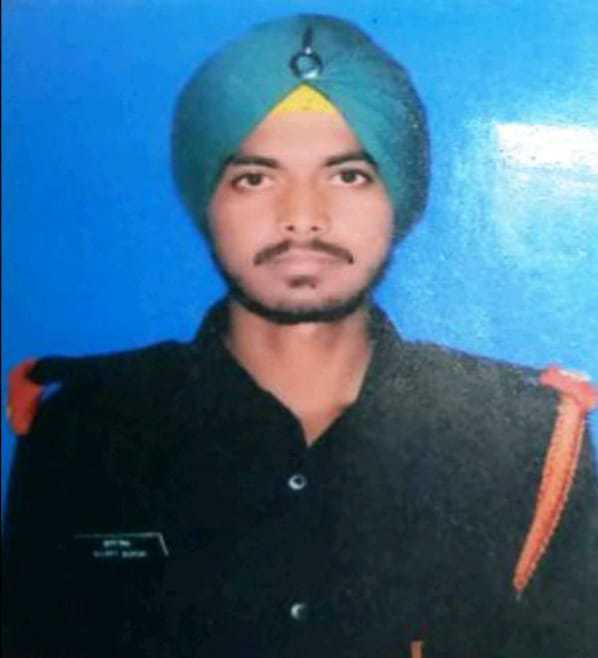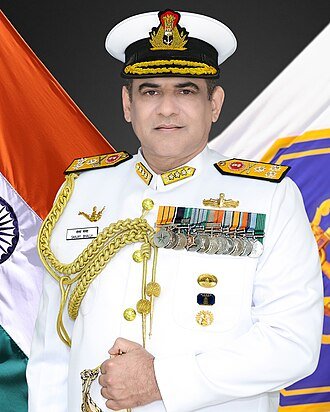New Delhi: While reiterating that Pakistan-sponsored terrorism is the biggest challenge to the country, Army Chief General Bipin Rawat on Tuesday warned that the armed forces have several options open, including surgical strikes, to teach a firm lesson to the country’s enemy.
”Terrorism emanating from Pakistan is the biggest challenge to the country. But surgical strikes are not the only option we have. The armed forces have several other better options for tackling cross-border infiltration and terrorism,” Gen Bipin Rawat said.
Though Gen Rawat stopped short of disclosing what strategy the armed forces were planning to adopt in order to tackle cross-border terrorism, he threw enough indications of a major military action in future if the situation warranted.
In a stern warning to Pakistan, General Rawat warned that the country’s armed forces were fully prepared to deal with any eventuality as war can take place any time.
In view of the current situation in Jammu and Kashmir, the Army Chief admitted that there was a need for another surgical strike on terror launch pads across the Line of Control.
“I won’t deny this. But surgical strikes are not the only option with us. We keep reviewing the situation and prepare our strategy accordingly. We can’t disclose how and when, but we will certainly take a decisive action whenever needed,” he added.
General Rawat said this in an exclusive interview with Zee News Editor Sudhir Choudhary during which he spoke on a wide range of issues, including the change of guard in Pakistan, political atmosphere in the country, recent kidnapping and killing of jawans and civilians, alleged violation of human rights by the armed forces, the need for another surgical strikes on terror launch pads, the Rafale row and whether he harboured any political ambitions.
Expressing his views, Gen Rawat said peace and stability in the region can be established only if the civilian government in the neighbouring nation and its armed forces make an honest effort towards it.
”Peace can come, insurgency and cross-border terrorism can end if the Imran Khan government in Pakistan takes an honest effort in that direction. Till the time the civilian government in Pakistan remains under the clutches of its army (ISI) peace will remain a distant dream,” Gen Rawat said.
While revealing that he had never met his Pakistani counterpart Gen Qamar Javed Bajwa, Gen Rawat said that the former has the capability of ending the proxy war between the two countries, cross-border infiltration, terrorism and all turbulence along the India-Pakistan borders.
However, in view of Gen Bajwa’s reported provocative statements, Gen Rawat said that chances were grim that the bloodshed will end in J&K.
He said that Pakistan-back terrorists were utterly frustrated with Indian Amry’s counter-terror operations in which several top terrorists had been eliminated.
”Recent kidnappings and killing of armed forces personnel, civilians and J&K policemen indicate that they (Pakistan-backed terror outfits) are frustrated and losing ground, ” he said.
Gen Rawat, while praising the officers and jawans of the armed forces, said that the country is fully prepared to deal with any eventuality and to protect the national borders.
To those seeking evidence of the 2016 surgical strike, Gen Rawat urged ”please trust your armed forces and believe in what they do and say.” ”For Army, Operation is a priority, not taking evidence of a strike,” he added.
Gen Rawat, while pitching for the inclusion of latest technology in modern warfare, said continuous upgradation of the armed forces, weaponry, logistic support is needed to sharpen the combat capabilities of the armed forces.
The Army Chief also referred to the ongoing row over Rafale defence deal. He said that defence procurement should be done through Government-to-Government channels, which will eliminate the risk of middlemen and ensure transparency.
Interestingly, Gen Rawat had on Sunday said that surgical strike is a weapon of surprise and must remain so while hinting that the security forces will respond when the appropriate time comes.
”Surgical strike is a weapon of surprise. Let it remain a surprise,” General Rawat had said.
Rawat also backed the Narendra Modi government’s decision to cancel talks with Pakistan, asserting that talks and terror cannot go together.
Gen Rawat said that whichever party comes to power at the Centre, the Indian Armed forces will always remain ”apolitical.”
The Army Chief also said infiltration from across the border persists despite the call for a ceasefire by Pakistan and stressed that this cannot be allowed to continue and appropriate action has to be taken to deter terrorists from disrupting the peace in the Kashmir Valley.
”Infiltration from across the border persists despite the call for a ceasefire by Pakistan,” said Rawat stressing that ”this cannot be allowed to continue”.
”They have been carrying out barbaric acts and Pakistan Army is used to doing this. It is not the first time that they have done it,” the Army Chief said.
When asked if he harboured any political ambitions, Gen Rawat said, ”No.”
I an not cut out for that. I would like to be remembered as an Army officer who lived his dream, who led his side with pride, and the one who always admired and respected his olive green uniform.
The no-holds-barred interview with Army Chief came nearly a week after a BSF soldier was shot dead by Pakistani forces and his mutilated body was found later.
The Army had conducted a massive surgical strike on terror launch pads across the Line of Control on September 29, two years ago.
Meanwhile, the Defence Ministry has decided to observe ‘Parakram Parv’ commemorating the valour and sacrifice of the armed forces on the anniversary of the 2016 surgical strikes on terrorism launch pads along the LoC.
A three-day main event between September 28-30 will be organised at the India Gate lawns in the national Capital besides similar events at 53 locations in 51 cities across the country to “highlight the valour of the Indian armed forces in general and special forces in particular”.
Defence Minister Nirmala Sitharaman would inaugurate the event on September 28 at India Gate lawns.
“To showcase the courage, valour and sacrifice of the armed forces, `Parakram Parv`, which literally means a celebration of valour, is being observed,” Army spokesman Colonel Aman Anand said.
The Army conducted surgical strikes (on the intervening night of September 28-29, 2016) which had strategic ramifications and were aimed to “dissuade the inimical adversary from adopting the path of violence and to ensure an environment of peace for the nation”.
